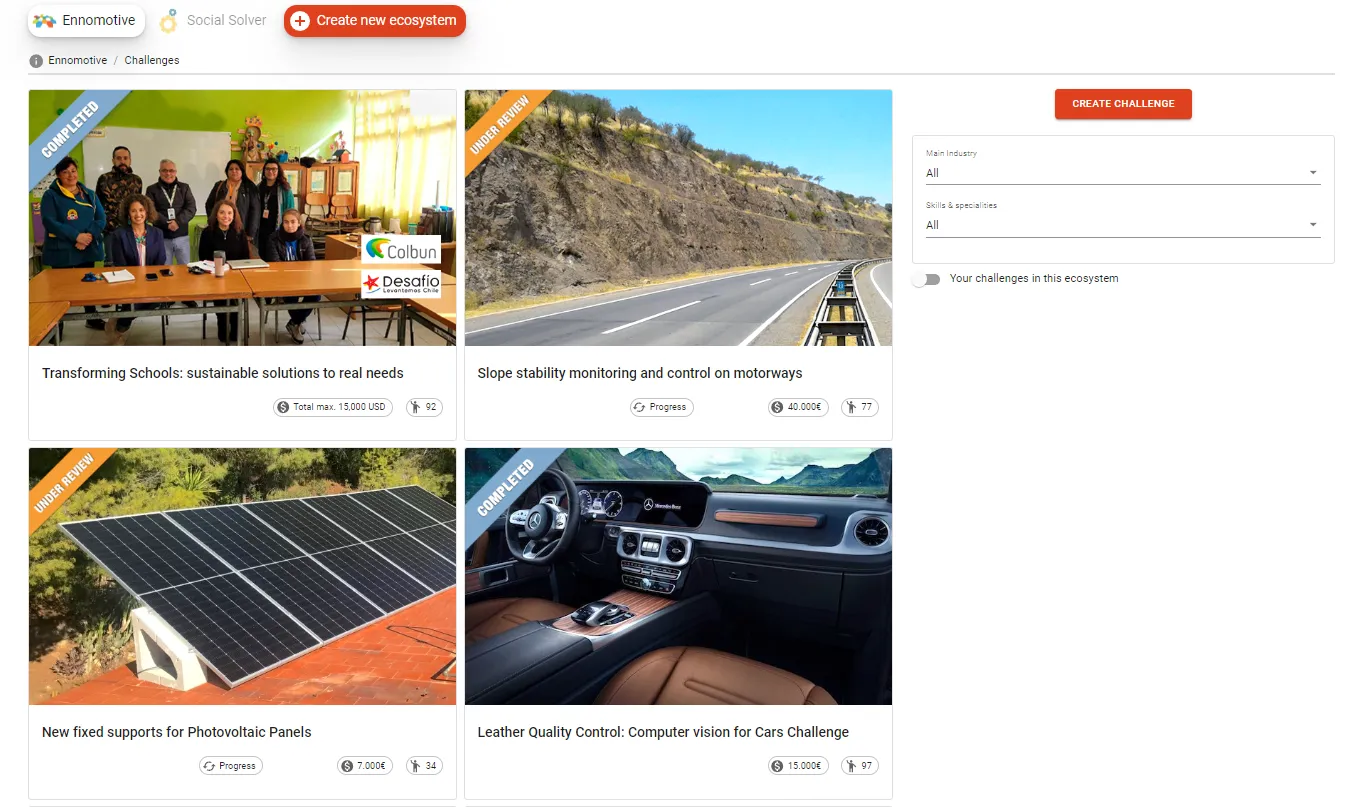Background
Our client is a world leader in its industry. As part of its innovation program, it is considering a product lifecycle approach for their products. Consequently, it is conducting some research on new materials and new product designs to improve the installation and maintenance of the solutions with the aim of delivering better quality than the competition.
The challenge
State of the art solutions used at tramway rails are made of steel rails fixed with concrete and other materials for different purposes.
These solutions have some inconvenience, particularly the noise, vibration and the difficult replacement if the rail is damaged.
What the client is looking for
Our client is looking for new anchorage solutions that solve the inconvenience of traditional embedded grooved rails.
- The solution should include the embedded rail and the anchorage system.
- The rail profile must be in agreement to standard UNE 14811, you must choose one of this list: 60R1 (Ri60-R10, Ri60), 60R2 (Ri60-R13, Ri60N), 55R1 (Ri55NK), 59R1 (Ri59-R10,Ri59N), 59R2 (Ri59-R13,Ri59N), 54R2 (41GPU). See attached file: “Rail profile dimensions table.png”
- The solution must be an easy installing & replacing system in order to minimize the high cost of this operation.
- You should consider that during the installation rails are welded so the materials around will need to support high temperatures.
In annex we include:
- Some solutions that exist today in the market (state of the art)
- Technical specifications, including geometry, loads and standards.
- Lifecycle costs table
- An example: profile 60E1 R1 design sketch
- Rail profiles dimensions table
This is a 3-rounds tournament with the following submissions:
First round
A 2 pages MS Word document including:
- Brief description / sketches of the proposed design.
- Supporting evidence on how your proposal will solve the issues around noise, vibration and easy replacement.
- Materials cost, according to standard cost sheet.
In addition you can add an attached document to support your solution
Second round
- Rail schematic 3D model
- Detail process to assembly / disassembly
- Estimated costs (break down) according to standard cost sheet.
If required, additional information will be provided during the course of this round.
Third round
- IP checks (to be performed by our client)
Evaluation Criteria
- Technical solution (reduce noise, vibration)
- Lifecycle solution (easy to replace)
- Feasibility evidence
- Lower estimated costs
Tournament Structure and Timing
This is a 3 round tournament with the following timings:
1st round – 6 weeks+ 2 weeks for evaluation
2nd round – 4 weeks + 2 weeks for evaluation
3rd round – 2 weeks + 1 week for evaluation



